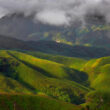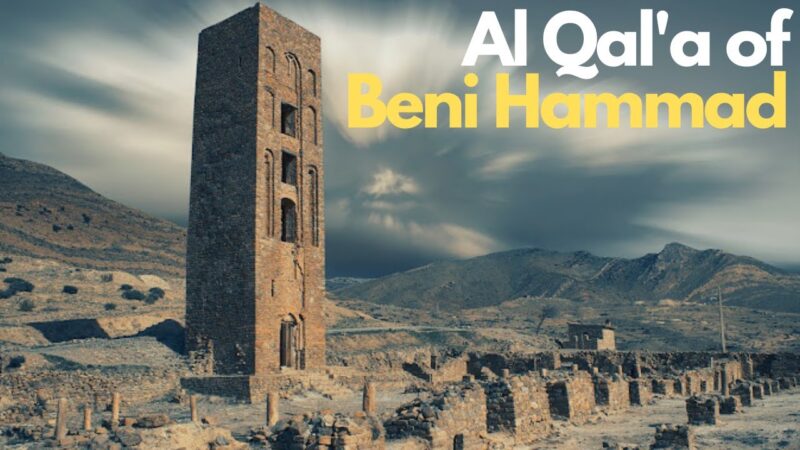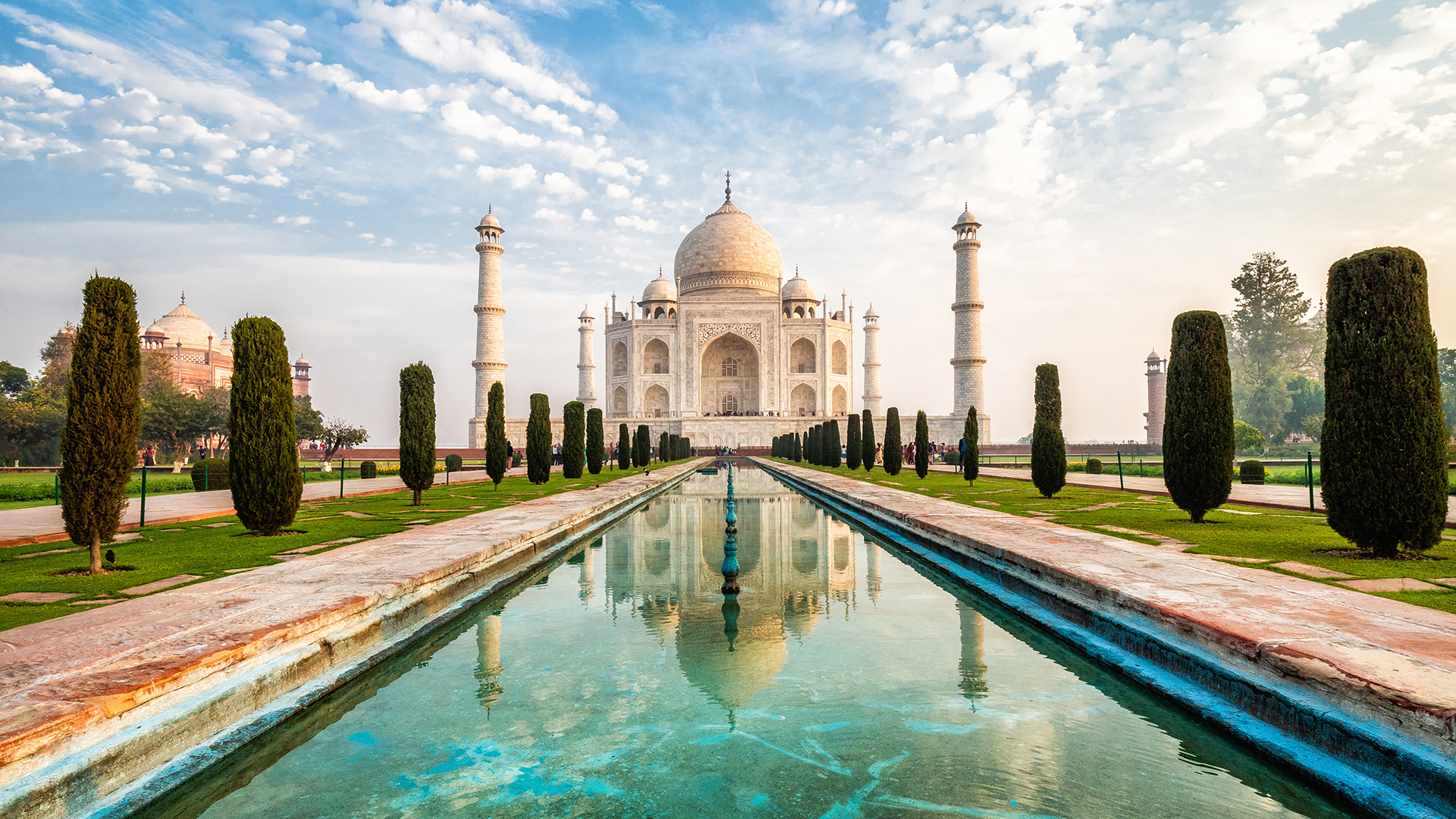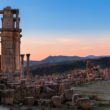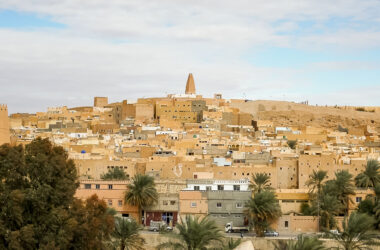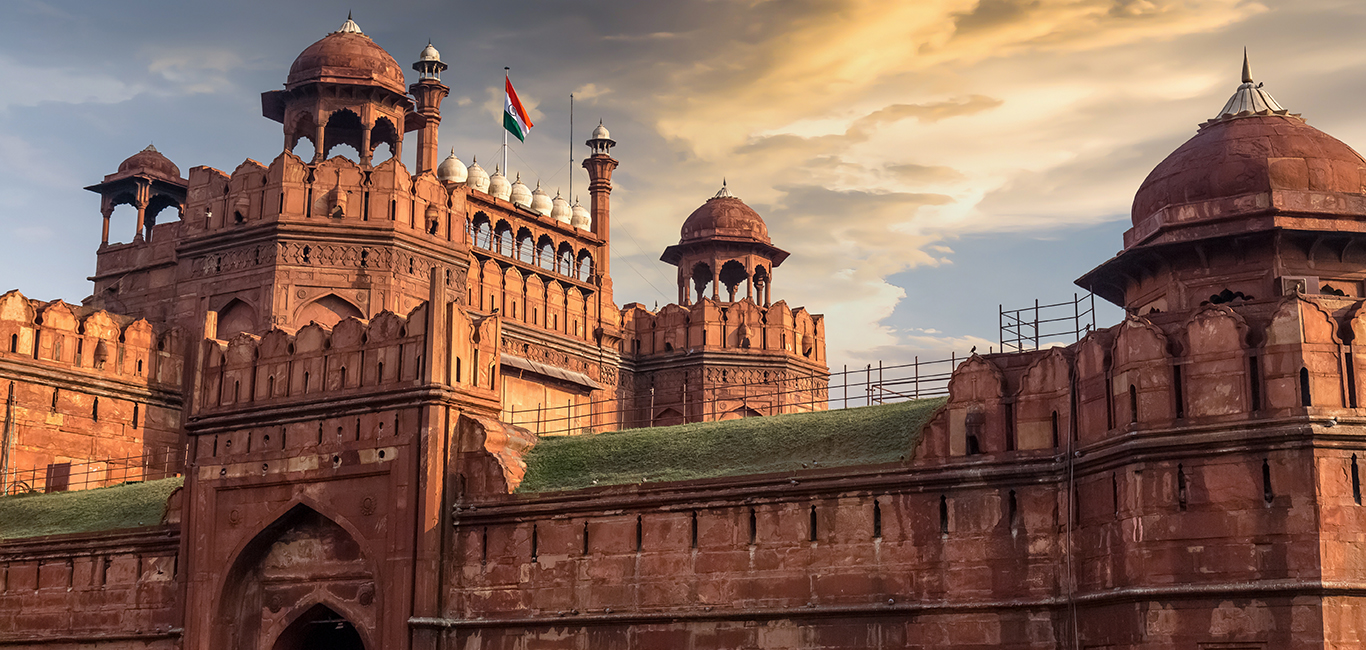Tucked away in the Hodna Mountains of northeastern Algeria lies one of North Africa’s most historically significant yet under-visited treasures: Al Qal’a of Beni Hammad. Also known as Qal’at Beni Hammad or simply the Beni Hammad Fort, this ancient city was once the glittering capital of the Hammadid dynasty in the 11th century. Though now in ruins, it remains a powerful testament to medieval Islamic art, architecture, and urban planning.
Al Qal’a of Beni Hammad: A Capital in the Clouds
Constructed in 1007 by Hammad ibn Buluggin, the founder of the Hammadid dynasty, Al Qal’a of Beni Hammad quickly grew into a prosperous and influential capital. Its strategic location—more than 1,000 meters above sea level—offered both natural defense and a commanding view of the surrounding region. The city was not only a political stronghold but also a flourishing cultural and commercial center.
By the mid-11th century, the city was home to over 30,000 people, including scholars, artists, and merchants. Lavish palaces, soaring minarets, and beautifully tiled mosques adorned the city, drawing comparisons to other Islamic centers of learning and architecture like Cairo and Córdoba.
Architectural Marvels
Despite the passage of nearly a thousand years, the ruins of Al Qal’a still offer a remarkable glimpse into medieval Islamic architecture. The centerpiece of the site is the Great Mosque of Al Qal’a, once among the largest in North Africa. Its towering minaret, which still stands today, is considered the oldest in Algeria and showcases early examples of North African Islamic design.
Archaeologists have uncovered intricate palace remains, including the Dar al-Bahr (Palace of the Lake), which featured a central courtyard and a large reflecting pool that served both aesthetic and practical purposes. The architectural style reflects a blend of Maghrebi, Andalusian, and Fatimid influences, making it a unique study in early Islamic art.
A Short-Lived Glory
The city’s golden age was short-lived. In 1090, the Hammadid rulers relocated their capital to Béjaïa on the coast, seeking greater access to trade routes and naval power. Al Qal’a was soon abandoned and fell into ruin after repeated attacks from the Almoravids and other invading forces.
Though deserted, its importance was not forgotten. In 1980, UNESCO designated Al Qal’a of Beni Hammad a World Heritage Site, recognizing its outstanding universal value and its role in the historical and cultural narrative of the Islamic Maghreb.
Why Visit Today?
For travelers with a passion for history, archaeology, or off-the-beaten-path adventures, Al Qal’a of Beni Hammad offers a compelling journey into Algeria’s rich past. Unlike more frequented heritage sites, it allows for an intimate, almost meditative exploration of ruins that have remained largely untouched by mass tourism.
The surrounding Hodna Mountains provide a stunning natural backdrop, and nearby towns like M’Sila offer authentic Algerian hospitality and access to local cuisine and crafts. Visitors are encouraged to go with a guide, as some areas of the site remain remote and are best experienced with local insight.
Preserving a Hidden Gem
Today, the Algerian government and international partners continue efforts to preserve and study the site. While political and logistical challenges remain, awareness and interest in Al Qal’a of Beni Hammad are slowly growing—thanks in part to travelers seeking meaningful, less-commercialized cultural experiences.
As global tourism evolves toward sustainability and authenticity, ancient sites like Al Qal’a are poised for a renaissance. With the right care and exposure, this mountaintop fortress could reclaim its place not just in textbooks, but in the hearts of curious explorers worldwide.
Final Thoughts
Al Qal’a of Beni Hammad is more than just ruins—it’s a silent witness to a vibrant chapter in North African history. For those willing to journey beyond Algeria’s beaten paths, this ancient city offers a profound and unforgettable experience. As interest in cultural heritage tourism grows, it may not remain hidden for much longer.
Read about all the World Heritage Sites
Frequently Asked Questions About Al Qal’a of Beni Hammad
1. What is Al Qal’a of Beni Hammad?
Al Qal’a of Beni Hammad is a ruined fortified city in northeastern Algeria, which served as the first capital of the Hammadid dynasty in the 11th century.
2. Where is Al Qal’a of Beni Hammad located?
It is located in the Hodna Mountains near the town of M’Sila in northeastern Algeria, at an elevation of over 1,000 meters.
3. Why is Al Qal’a of Beni Hammad significant?
It is one of the best-preserved examples of early Islamic urban planning and architecture in North Africa, and was declared a UNESCO World Heritage Site in 1980.
4. Who built Al Qal’a of Beni Hammad?
It was founded in 1007 by Hammad ibn Buluggin, the founder of the Hammadid dynasty.
5. What can you see at Al Qal’a of Beni Hammad today?
Visitors can see ruins of the Great Mosque, the minaret, palace structures like Dar al-Bahr, and defensive walls.
6. Is the site open to tourists?
Yes, the site is open to tourists, but it’s recommended to visit with a local guide due to its remote location.
7. How do I get to Al Qal’a of Beni Hammad?
The site is best accessed from the town of M’Sila. From there, local transport or a private guide can take you to the ruins.
8. What is the best time to visit Al Qal’a of Beni Hammad?
The best time to visit is during spring or fall when the weather is mild and ideal for hiking and exploration.
9. How old is Qal’at Beni Hammad?
The city was founded in the early 11th century, making it over 1,000 years old.
10. Why was the city abandoned?
It was abandoned after the capital was moved to Béjaïa in 1090 and later suffered attacks from the Almoravids.
11. What is the architectural style of Al Qal’a of Beni Hammad?
The architecture blends Maghrebi, Andalusian, and Fatimid styles, notable for its intricate mosaics and large courtyards.
12. Is the Great Mosque still standing?
While the mosque is in ruins, its foundations and the original minaret still stand and are key features of the site.
13. Can I visit Al Qal’a on a day trip?
Yes, it’s possible to visit as a day trip from nearby towns like M’Sila, but starting early is recommended.
14. Are there guides available at the site?
Local guides can often be arranged through travel agencies or tourism offices in M’Sila.
15. What should I bring when visiting Qal’at Beni Hammad?
Bring water, sun protection, walking shoes, and a camera. There are limited facilities on-site.
16. Is Al Qal’a safe for tourists?
Yes, the area is generally safe for tourists, but always check local travel advisories before your visit.
17. Are there accommodations near Al Qal’a?
Basic accommodations are available in M’Sila. For more options, consider staying in larger cities nearby.
18. What other attractions are near Qal’at Beni Hammad?
Nearby attractions include the city of Béjaïa, the Hodna Mountains, and traditional Berber villages.
19. Has Al Qal’a been excavated?
Yes, ongoing archaeological efforts have uncovered several important structures and artifacts from the Hammadid period.
20. Why should I visit Qal’at Beni Hammad?
It’s a unique historical site offering insight into medieval Islamic civilization, free from large tourist crowds.


